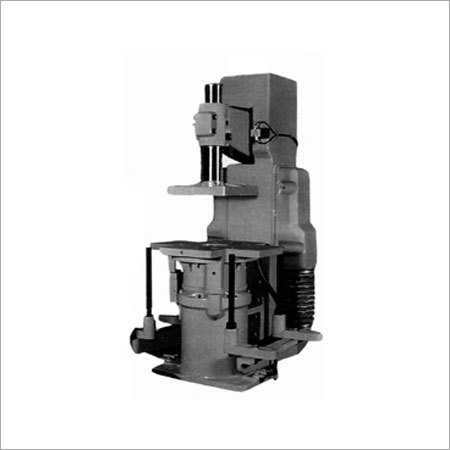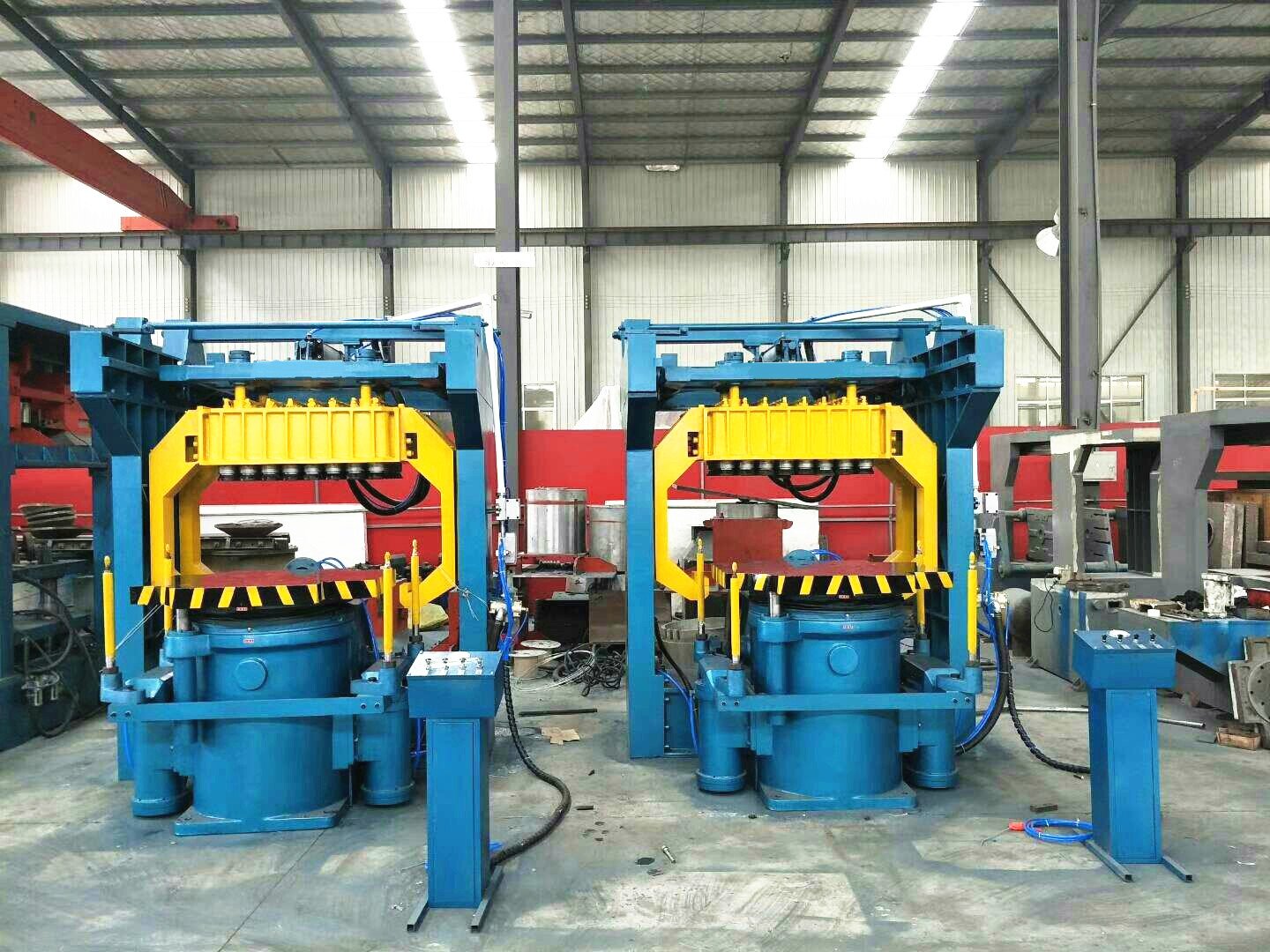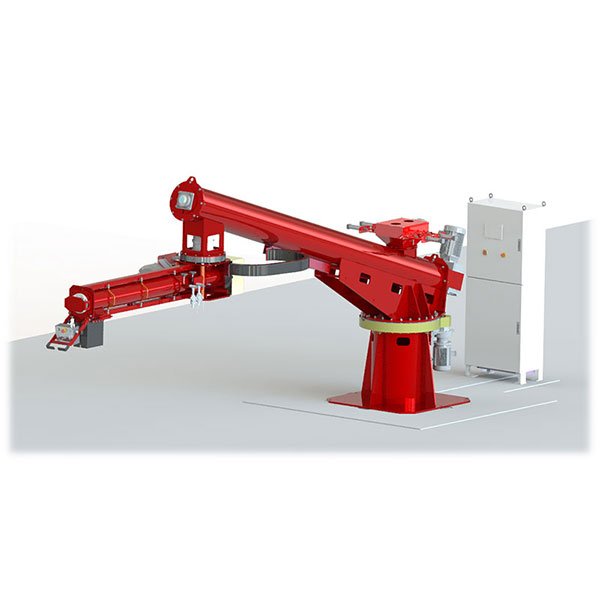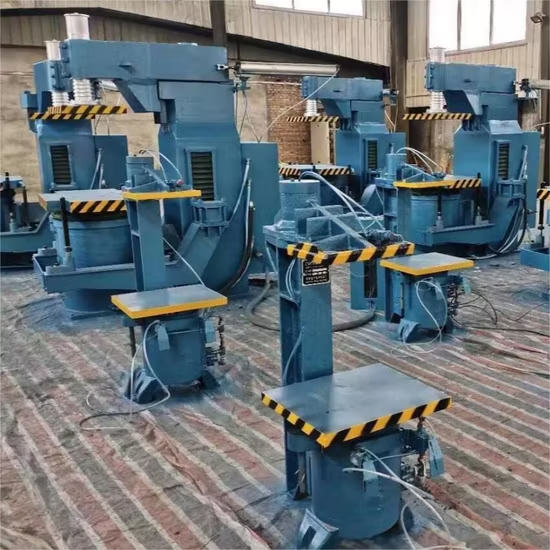
The anti-corrosion and cleaning of the external surface of steel pipes are crucial. Selecting the right portable sandblasting machine ensures effective treatment for different pipe diameters, which is a challenge for every procurement professional.
To ensure effective treatment of different pipe diameters, choosing the right portable sandblasting machine is essential.
An improper selection may lead to incomplete cleaning or equipment damage, affecting project quality and progress.
How Does a Portable External Pipe Sandblasting Machine Work?
Steel pipes are often exposed to harsh environments, making them prone to corrosion and contamination, which can compromise their lifespan and safety.
A portable external pipe sandblasting machine uses high-pressure abrasive blasting to remove rust, oxidation, and impurities from the pipe surface, restoring its metallic luster and enhancing coating adhesion.
Understanding how a sandblasting machine works can help in making better purchasing and operational decisions. The machine mainly consists of the following components:
- Blasting System: Uses compressed air to accelerate abrasive particles onto the workpiece surface.
- Abrasive Recycling System: Collects and recycles abrasives for improved efficiency and cost reduction.
- Dust Collection System: Captures dust generated during blasting to maintain a clean working environment.
The core principle of sandblasting is to use high-speed abrasive flow to impact and cut the surface of the workpiece. This process not only removes surface contaminants but also increases surface roughness, enhancing the adhesion of subsequent coatings.
How to Select the Right Sandblasting Machine Based on Pipe Diameter?
Different pipe diameters require different specifications of sandblasting machines to ensure cleaning effectiveness and work efficiency.
When choosing a sandblasting machine, you should match the minimum and maximum pipe diameters with the machine specifications to ensure a tight fit between the blasting head and the pipe wall for optimal cleaning.
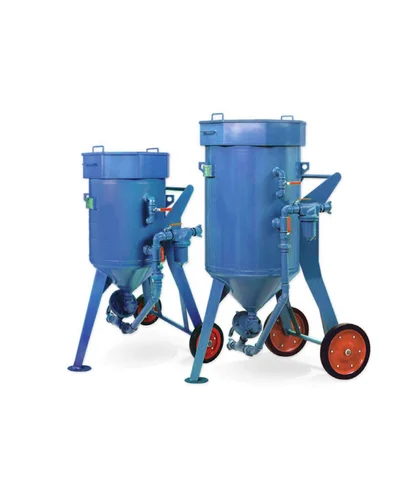
Factors to consider when selecting the right machine:
- Blasting Head Diameter: It should match the pipe's internal diameter to ensure smooth insertion and proper contact with the pipe wall.
- Nozzle Angle and Quantity: The nozzle layout should ensure full coverage of the pipe wall, avoiding blind spots.
- Abrasive Type and Grit Size: Select the appropriate abrasive based on the pipe material and the level of contamination to achieve the best cleaning results.
Example Table for Sandblasting Machine Specifications
| Pipe Inner Diameter Range (mm) | Blasting Head Diameter (mm) | Number of Nozzles | Suitable Abrasive |
|---|---|---|---|
| 50 - 100 | 45 | 4 | Quartz Sand |
| 100 - 200 | 95 | 6 | Steel Shot |
| 200 - 300 | 145 | 8 | Copper Slag |
What Are the Key Technical Parameters of a Portable Sandblasting Machine?
Failure to understand the technical parameters of a sandblasting machine may result in improper selection, affecting construction efficiency and quality.
Key technical parameters include working pressure, abrasive flow rate, nozzle diameter and material, machine weight, and dimensions. These factors directly impact sandblasting performance and ease of operation.
Understanding these technical specifications helps in choosing the most suitable equipment:
- Working Pressure: Determines the speed and impact force of the abrasive stream.
- Abrasive Flow Rate: Affects abrasive consumption and cleaning efficiency.
- Nozzle Diameter and Material: Determines the spray range and durability.
- Machine Weight and Dimensions: Affects portability and usability in different environments.
Key Technical Parameter Table
| Parameter | Range | Impact Factor |
|---|---|---|
| Working Pressure (MPa) | 0.5 - 0.8 | Cleaning Efficiency |
| Abrasive Flow Rate (kg/h) | 100 - 200 | Abrasive Consumption |
| Nozzle Diameter (mm) | 6 - 10 | Spray Coverage |
| Nozzle Material | Boron Carbide, Tungsten Carbide | Durability |
| Machine Weight (kg) | 15 - 30 | Portability |
| Machine Size (mm) | 400 x 300 x 500 | Usability |
How to Ensure Safety and Environmental Compliance of a Sandblasting Machine?
During sandblasting operations, dust and noise may pose risks to operators and the surrounding environment.
Selecting a sandblasting machine with an efficient dust collection system, noise reduction features, and compliance with environmental standards ensures operator safety and environmental protection.

To ensure safety and environmental compliance, consider the following:
- Dust Collection System: A high-efficiency dust collection system helps capture airborne dust, protecting operator health.
- Noise Reduction: Noise-dampening designs and accessories can help minimize machine operation noise.
- Environmental Certifications: Choose machines that meet environmental certifications to ensure compliance with industry regulations and reduce environmental impact.
Conclusion
Selecting the right portable external pipe sandblasting machine requires careful consideration of multiple factors, including pipe diameter compatibility, technical parameters, and environmental compliance. By understanding the working principles and key performance indicators of the equipment, you can make a more informed purchasing decision, ensuring both project quality and cost efficiency.


